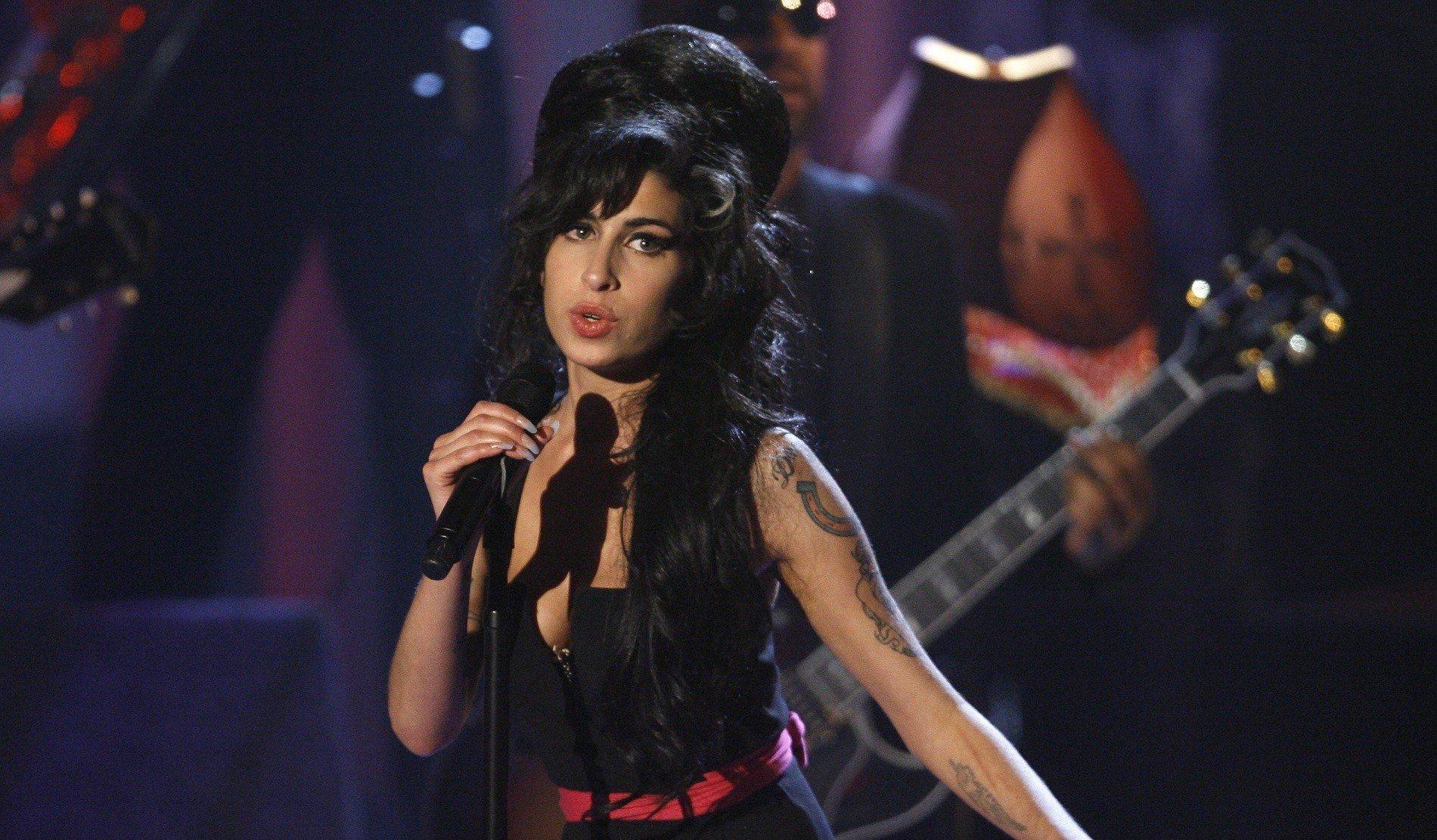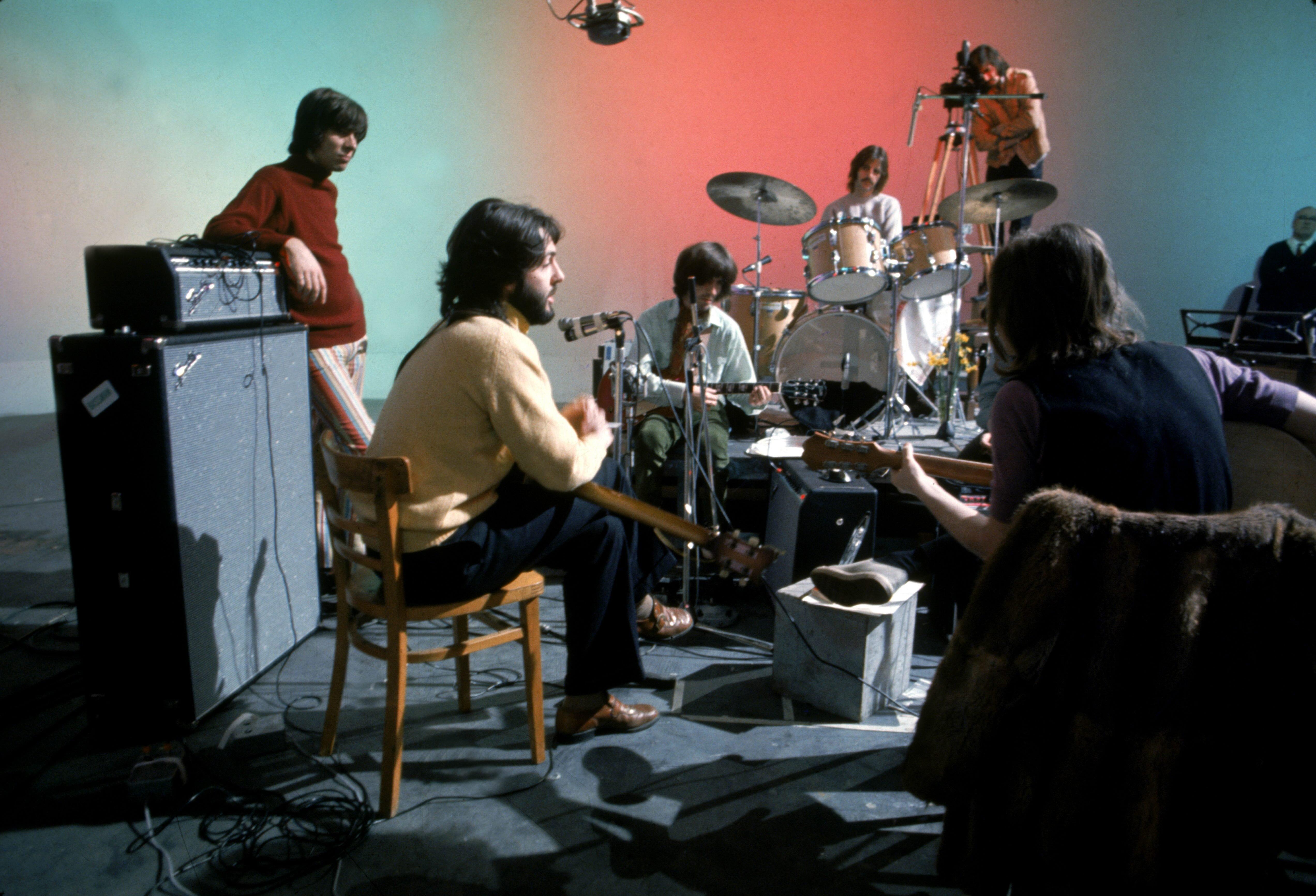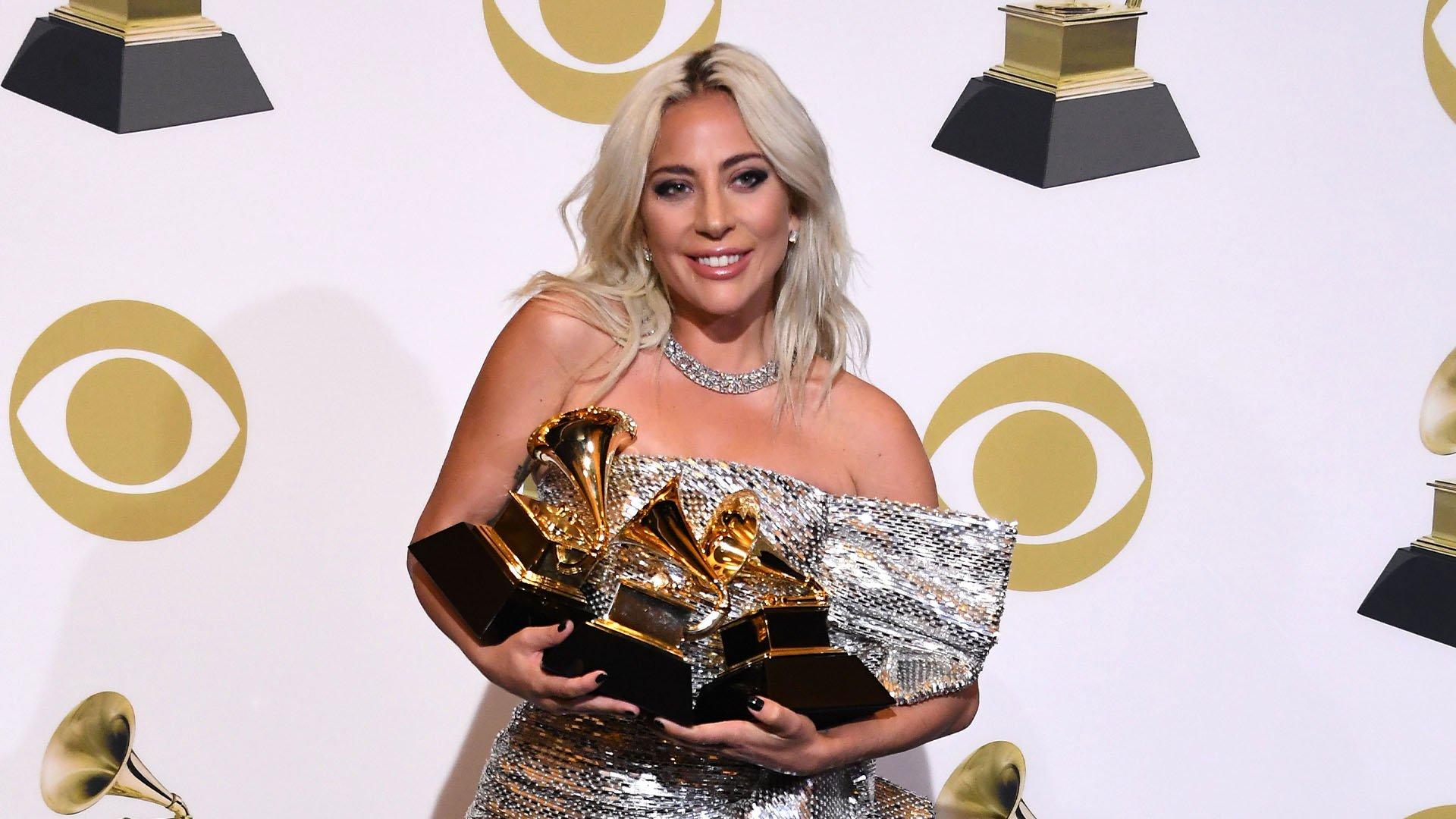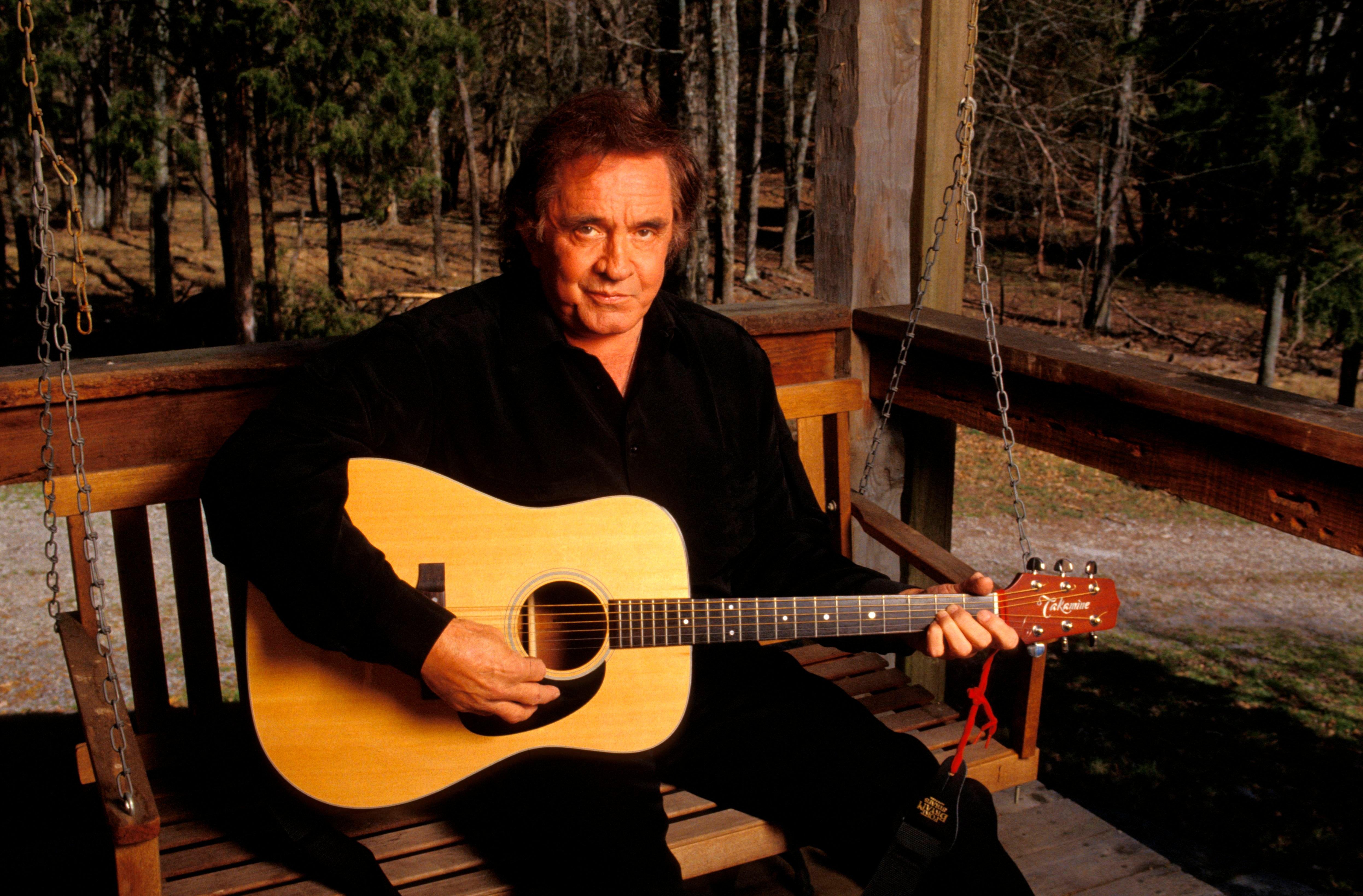The GRAMMY Awards is just a three-and-a-half hour TV show on Jan. 26, right? Well, yes … and no.
The GRAMMY telecast itself will fill your Sunday night viewing, but GRAMMY Week fills the five days prior with private and public Los Angeles-based events that celebrate and honor music, often with performances and personalities that would feel right at home on the GRAMMY Awards.
But you're not in Los Angeles. And you're not (yet anyway) a VIP. So how do you get behind the velvet rope? We'll have video, photos and the play-by-play after each event at GRAMMY.com, and you can join the action each day and night by following @TheGRAMMYs on Twitter, liking "The GRAMMYs" on Facebook, and joining the GRAMMYs' social communities on YouTube, Tumblr, Foursquare, Pinterest, Google+, and Instagram.
For now, we'll simply give you a taste of what's to come.
Arguably the highest-profile event this side of the GRAMMY Awards, Clive Davis and The Recording Academy's Pre-GRAMMY Gala on Jan. 25 is a private VIP party with a legendary history. Hosting the biggest names in entertainment the night before the GRAMMYs, this event's red carpet rivals the GRAMMYs, the Oscars, Golden Globes, SAG Awards — you name it. The gala will also feature the 2014 GRAMMY Salute To Industry Icons honoring Universal Music Group Chairman and CEO Lucian Grainge.
Next on the "I wish I could get a ticket to that" list is the MusiCares Person of the Year gala on Jan. 24, which both raises money for MusiCares and features a staggering list of stars honoring a music industry giant. Alicia Keys, Lady Gaga, Pink, James Taylor, and Steven Tyler, among others, are set to honor the first lady of songcraft, Carole King.
The GRAMMY Foundation will host several events that will be especially noteworthy this year. The Entertainment Law Initiative Luncheon is an annual event that brings together legal professionals with aspiring law students to discuss hot-button topics in the entertainment law field. This year’s event on Jan. 24 will be keynoted by Robert Kyncl, head of content and business operations at YouTube.
Similarly, the Foundation's Legacy Concert, "A Song Is Born," will highlight the art and craft of songwriting. Taking place on Jan. 23, performing artists include Skylar Grey, Kris Kristofferson, Goo Goo Dolls' John Rzeznik, Bonnie Raitt, Jimmy Webb, and the Civil Wars' Joy Williams.
On Jan. 22 the Foundation also will host GRAMMY Camp — Basic Training, a one-day educational event tailored to give students and aspiring young musicians a taste of the music from an insider's perspective. Also, on Jan. 22, student members of GRAMMY Camp — Jazz Session will perform at GRAMMY In The Schools Live! alongside current GRAMMY nominees Vampire Weekend and Tig Notaro.
GRAMMY Connect — Where Music & Tech Collide, a panel discussion on Jan. 22 convening some of the prime architects representing progressive entertainment platforms, will feature TED-like talks on current trends in music and technology. Talks will be presented by Revolt TV's Whitney-Gayle Benta, Songza's Eric Davich, Musaic's Scott Vener, and Next Big Sound's Alex White, and all will be available on demand here at GRAMMY.com.
For the second consecutive year, in conjunction with Billboard magazine, the Billboard Power 100 event will rock GRAMMY Week on Jan. 23 by celebrating the 100 most influential people in the music industry as determined by Billboard's annual themed issue of the same name.
On Jan. 21 the Producers & Engineers Wing will celebrate the career of Neil Young at a star-studded event attended by T Bone Burnett, Colbie Caillat, Andrew Dost of Fun., Jakob Dylan, Kris Kristofferson, Rick Rubin, Ringo Starr, Joe Walsh, Ann and Nancy Wilson of Heart, and Sheila E. among others.
And on Jan. 25, The Recording Academy will honor legendary music acts and industry figures at its annual Special Merit Awards Ceremony & Nominees Reception, where groundbreaking artists are feted with the Lifetime Achievement, Trustees and Technical GRAMMY Awards. This year's honorees include such legendary artists as the Beatles, Clifton Chenier, the Isley Brothers, Kraftwerk, Kristofferson, and composer Ennio Morricone.
It's all capped off by the 56th Annual GRAMMY Awards on Sunday, Jan. 26. While tuning in to CBS for the telecast, be sure to participate in GRAMMY.com's official live-blog and join the conversation. After the show, The Academy celebrates in style with its stunning after-party, the GRAMMY Celebration.
How else can you check out all the GRAMMY action?
Kicking off at 9 a.m. PT on GRAMMY Sunday, all day you can get all kinds of behind-the-scenes access with GRAMMY Live. For those of you who prefer mobile-only, download the GRAMMY app (Apple, Android).
Still not enough GRAMMY for you? The official GRAMMY program book — the same book GRAMMY winners, nominees and industry VIPs receive at the show — will be available for purchase in the online GRAMMY Store. Take home a piece of history, and a good read.
Come back to GRAMMY.com and experience GRAMMY Week, and don't forget to tune in to the 56th Annual GRAMMY Awards on Jan. 26 the CBS Television Network from 8–11:30 p.m. ET/PT.




